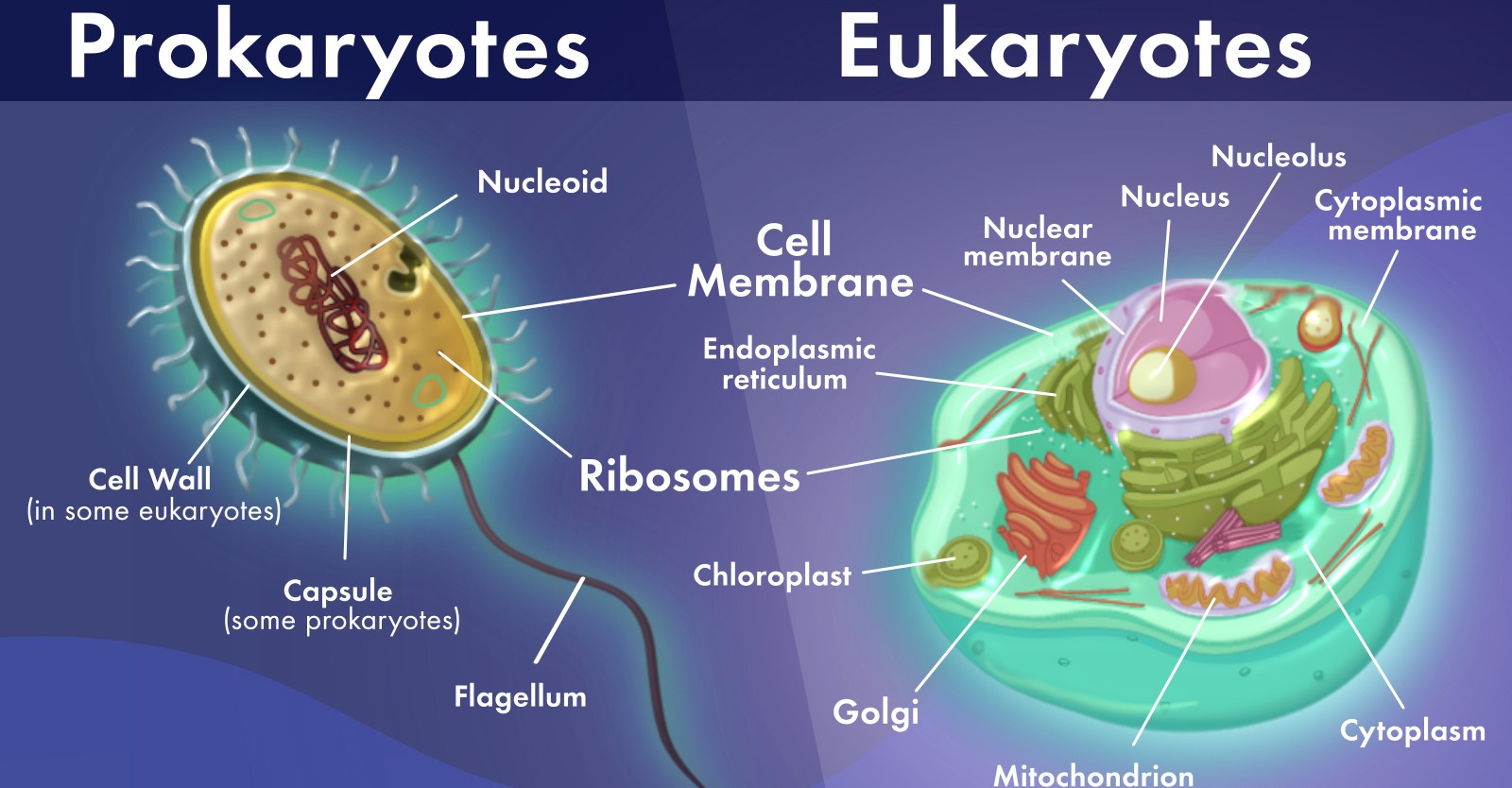
```html
# Are Plants Prokaryotic or Eukaryotic? Unraveling the Botanical Organization
Imagine walking through a lush garden—what do you see? Vibrant leaves, blossoming flowers, and perhaps a few vegetables or fruits. But have you ever wondered about the intricate **botanical organization** that makes these plants thrive? To truly appreciate nature's wonders, let's delve into the fascinating world of plant cells and discover if plants are prokaryotic or eukaryotic.
## **Understanding the Basics**
### **Cell Definition: The Foundation of All Life**
Before we explore the **cell definition** of plants, let's lay the groundwork. Cells are the fundamental units of life. They come in two main types: prokaryotic and eukaryotic. Prokaryotic cells are simpler, lacking a true nucleus and other membrane-bound organelles. On the other hand, eukaryotic cells have a well-defined nucleus and various specialized organelles.
So, where do plants fit into this scheme? Do plants align with the simplicity of prokaryotic cells, or do they exhibit the complexity of eukaryotic cells?
### **The Botanical Story**
Plants, in all their glorious diversity, are unequivocally eukaryotic. Every leaf, flower, and root of a plant is composed of eukaryotic cells. These cells hold a **chloroplast function**, a hallmark feature of plant **botanical organization**, essential for the **photosynthetic** process. Chloroplasts are the powerhouses that convert sunlight into energy—a process that fuels not just plants but entire ecosystems.
## **Comparing Cell Types**
### **Prokaryotic vs. Eukaryotic Cells**
Let’s break it down. Prokaryotic cells are the stuff of single-celled organisms like bacteria and archaea. They lack a nucleus; instead, their **DNA** floats freely within the cell. Eukaryotic cells, however, have a clearly defined nucleus where DNA resides, along with an elaborate internal structure that includes mitochondria, the **cell definition** of which is crucial for energy production.
### **Why Plants Are Eukaryotic**
Plants are complex organisms that require specialized organelles to carry out their various functions. For instance, chloroplasts—the tiny green factories within plant cells—are essential for **photosynthesis**. These chloroplasts, along with other organelles like mitochondria and vacuoles, show that plants are eukaryotic. They have a structured, compartmentalized cell design that allows them to perform complex tasks efficiently.
## **The Significance of Chloroplasts**
### **The Miracle of Photosynthesis**
Chloroplasts are often called the "kitchen" of plant cells. Just as a kitchen prepares meals, chloroplasts prepare food for the plant. They trap sunlight and convert it into chemical energy through the process of **photosynthetic**. This energy is then used by the plant for growth and reproduction.
But how does this link to our question? The presence of chloroplasts is a strong indicator of eukaryotic cells. These organelles have their own DNA, much like mitochondria, and they play a critical role in the plant’s survival and proliferation. This intricate **botanical organization** underscores the complexity and sophistication of plant cells, reinforcing the fact that plants are indeed eukaryotic.
## **Exploring Further**
### **The Intricate World of Plant Cells**
To fully grasp the concept of if plants are prokaryotic or eukaryotic, let’s consider a few more details.
Eukaryotic cells have a **cell nucleus** enveloped by a double membrane called the nuclear envelope. This nucleus houses the genetic material and controls the cell’s activities. In contrast, prokaryotic cells have no nucleus or other membrane-bound organelles. Their DNA is circular and free-floating in the cytoplasm.
But what about plant cells specifically? Plant cells are eukaryotic, with a clear nucleus and several other organelles. Beyond chloroplasts, they also contain vacuoles that store nutrients, waste products, and help maintain cellular structure. These features make plant cells highly organized and capable of performing complex biological functions.
### **Why Does It Matter?**
Understanding the **cell definition** of plants is more than just academic curiosity. It sheds light on how plants grow, reproduce, and interact with their environment. For example, the **chloroplast function** is pivotal in converting solar energy into chemical energy, driving the entire food chain.
Moreover, recognizing the eukaryotic nature of plants helps in agricultural practices, genetic engineering, and even in combating plant diseases. When we understand the basics, we can innovate and improve our interactions with the natural world.
## **Conclusion: Embrace the Complexity**
So, are plants prokaryotic or eukaryotic? Plants are without a doubt eukaryotic. They boast complex cells complete with specialized organelles like chloroplasts and a definitive nucleus. This **botanical organization** is what allows them to thrive, grow, and support entire ecosystems.
Curious to learn more? Dive deeper into the world of plant biology. Explore how **photosynthetic** processes work, study the intricacies of chloroplast **function**, and marvel at the **cell definition** of eukaryotic cells. The more you learn, the more you’ll realize how fascinating and interconnected the natural world truly is.
Start your journey by clicking below and exploring more about the wonders of botany.
---
**What would you like to explore next about plants?**
### **Frequently Asked Questions**
1. **What is the difference between prokaryotic and eukaryotic cells?**
Prokaryotic cells lack a true nucleus and other membrane-bound organelles, while eukaryotic cells have a defined nucleus and specialized organelles like mitochondria and chloroplasts.
2. **Why are plants considered eukaryotic?**
Plants are eukaryotic because their cells contain a true nucleus and various organelles, including chloroplasts, which perform essential functions like photosynthesis.
3. **What role do chloroplasts play in plant cells?**
Chloroplasts are responsible for photosynthesis, converting sunlight into chemical energy that plants use for growth and reproduction.
4. **How does the structure of plant cells affect their functions?**
The structured, compartmentalized design of plant cells allows them to efficiently perform complex biological processes, such as photosynthesis and nutrient storage.
5. **Why is understanding plant cells important?**
Understanding plant cells helps in improving agricultural practices, genetic engineering, and combating plant diseases, ultimately aiding in the sustainable management of our natural resources.


0 Response to " Discover if Plants Are Prokaryotic or Eukaryotic"
Post a Comment